Record economic growth
The National Statistics Institute has announced that the Romanian economy went up by 5% in the first three months of 2019, as against the same period of 2018.
Warning: Trying to access array offset on null in /home/web/rri.ro/public/wp-content/themes/rri/template-parts/content.php on line 53

Warning: Trying to access array offset on null in /home/web/rri.ro/public/wp-content/themes/rri/template-parts/content.php on line 98
Leyla Cheamil,
16.05.2019, 13:49
The Romanian economy has gone up 5% in the first three months of the year as against the same period in 2018, according to the first estimates made public on Thursday by the National Statistics Institute. The advance is 1.3% as compared to the last three months of 2018. The Eurostat, the statistical office of the European Union, confirms the positive evolution.
The institution forecasts a 5.1% economic growth rate in Romania between January and March 2019. Hungary is the only EU country ahead of Romania in this respect, with 5.2%, while Poland comes after Romania with 4.6%. According to the 2019-2022 convergence programme, published by the Finance Ministry, a 5.5% economic growth rate is expected this year due to a positive contribution of domestic demand and a slightly negative contribution of net exports.
A week ago, the European Commission revised downwards, to 3.3%, the economic growth forecast for this year, while in January the EC put Romania’s GDP at 3.8%. Also, at the beginning of April, the International Monetary Fund revised downwards to 3.1%, from 3.4%, the economic growth forecast for this year. In its turn, the European Bank for Reconstruction and Development estimated, on May 8, that Romanian economy would go up this year by 3.2%, down from 3.6% estimated in November.
On the other hand, the Central Bank Governor, Mugur Isarescu, has announced that inflation went up in March and April more than initially estimated and will further exceed 3.5%. He explained that among the elements keeping inflation at a high level are the higher prices for fruit, vegetables, fuels and tobacco, as well as the higher salaries and the tax imposed on telecommunication companies, through the controversial Ordinance 114. Isarescu has also mentioned the quarterly reference index for consumer loans – IRCC, which tries to reduce the interest rates paid by Romanians. This index replaces ROBOR, the Romanian Interbank Offer Rate, based on which interest rates for loans in domestic currency were calculated.
Mugur Isarescu: “Uncertainties and risks associated with the inflation perspective continue to be linked to the impact of the set of fiscal and budgetary measures implemented this year, including the tax on bank assets, the new IRCC index, and the monetary policy transmission mechanism. Uncertainties and major risks are related to the fiscal and revenue policy and the conditions on the labor market. The evolution of the current account deficit continues to be a reason for concern.”
The Central Bank Governor has also said that the tendency of Romanian banks is to grant loans in domestic currency with a fixed interest rate. (Translated by Elena Enache)






























